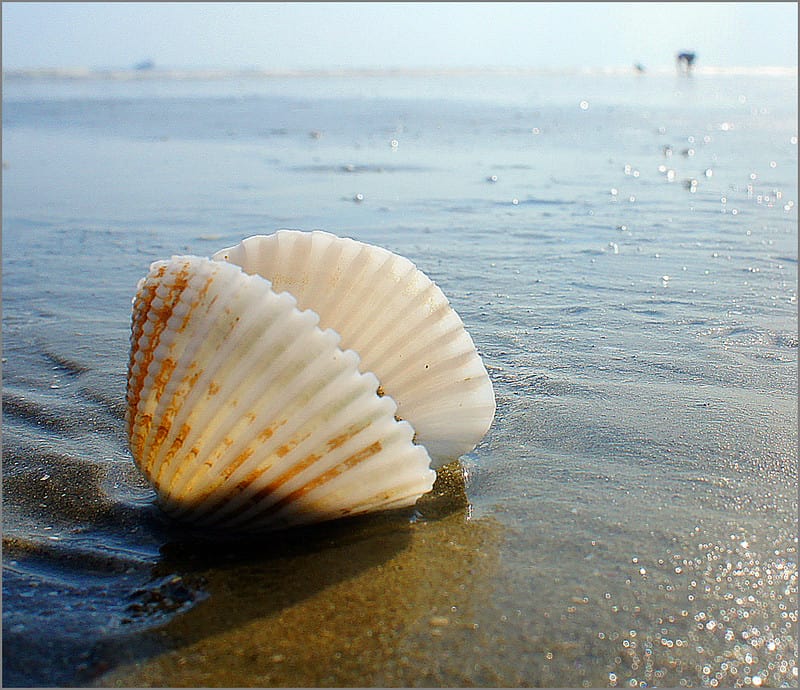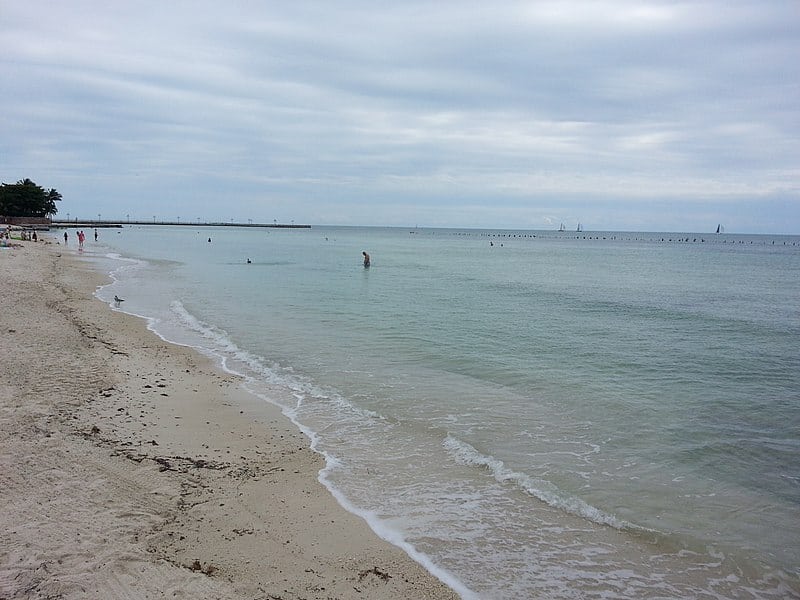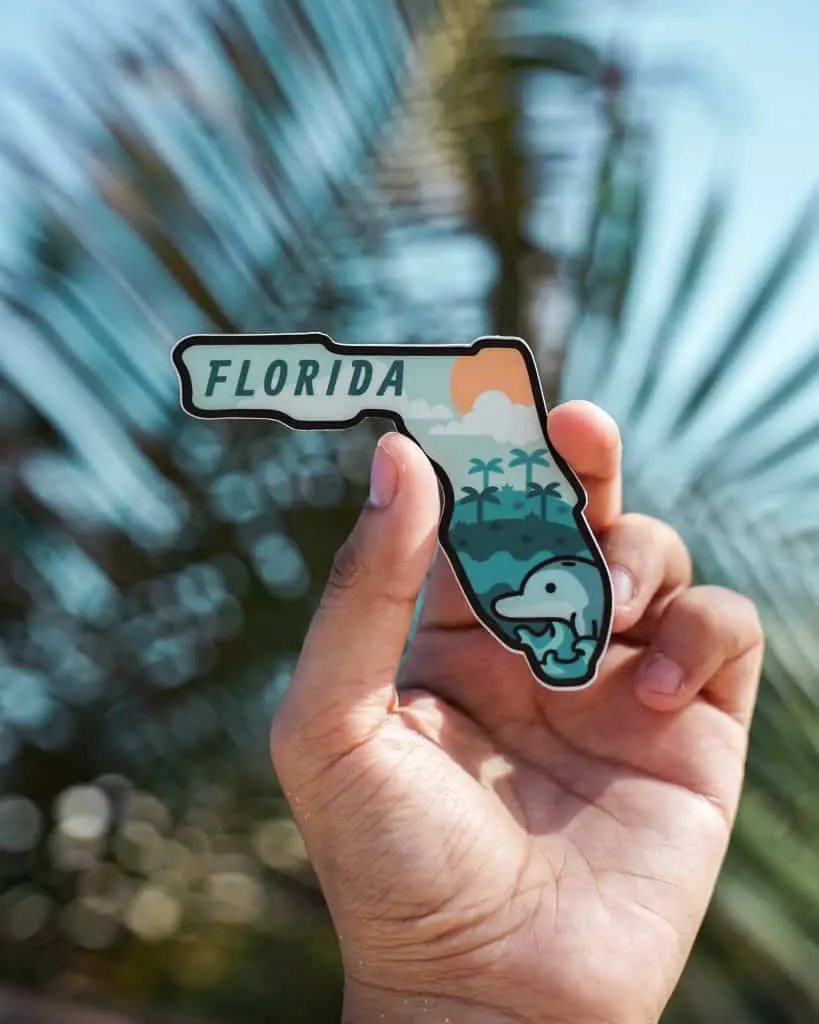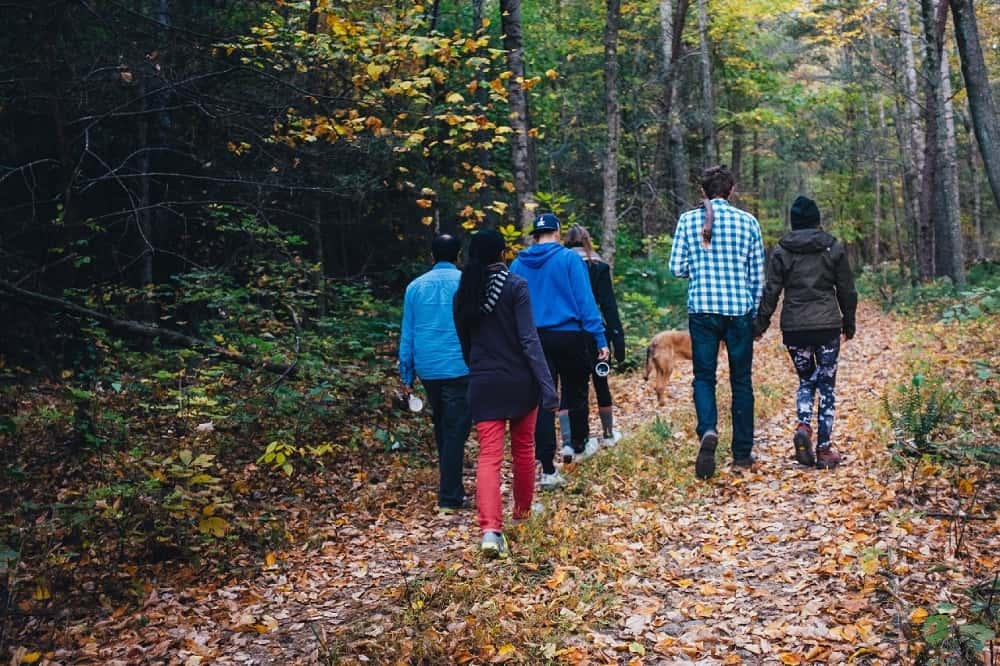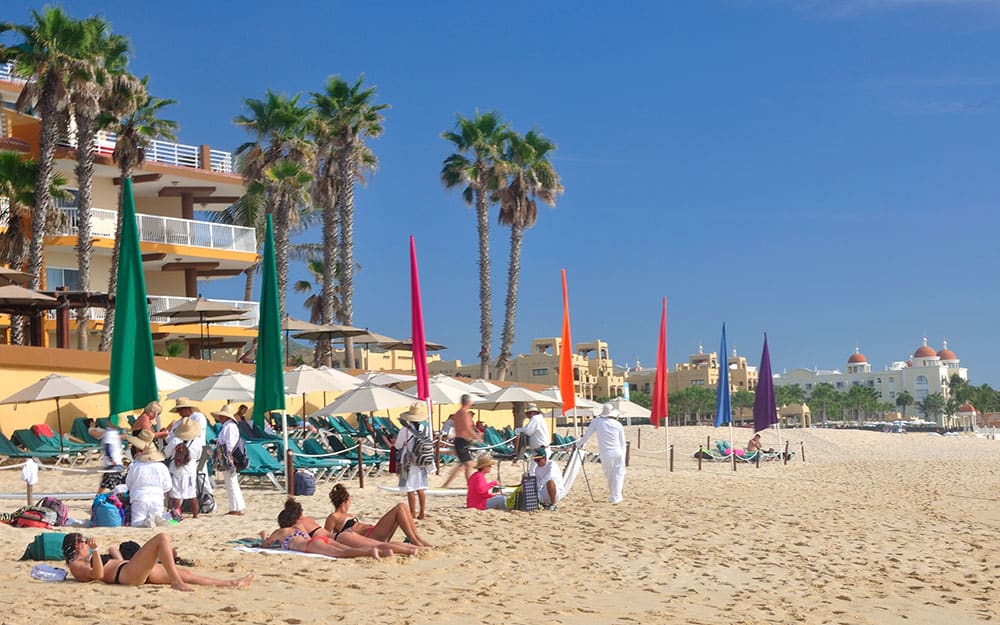Are you looking for the biggest shell on Sanibel Island? If so, then this article is just what you need! Sanibel Island is renowned for its beautiful beaches and the abundance of shells that can be found along its shore.
But where exactly can you find the biggest shell on the island?
The islands’ natural coral reefs act as natural shelves and magnets for shells. These shells can stay on the reefs for a long time before washing up on the shore. Sanibel’s shells are usually larger and more intensely colored.
In this article, we will explore where to find the biggest shell on Sanibel Island, how to identify it, and what to do with it once you have found it.
Shell Hunting Is A Popular Pastime On Sanibel Island
While you can find over 400 different varieties here, the Junonia Shell is the most sought-after. Another prized shell is the Scotch Bonnet.
If you’re new to shelling, you can check out the Bailey-Matthews National Shell Museum. You’ll learn about shelling, as well as the many different species.
Sanibel Island is an island in Southwest Florida located near Fort Myers. Its southern end acts as a shovel for shells, collecting them from the Gulf of Mexico and the Caribbean Islands.
The island is home to several public beaches, many of which are located near low-priced vacation rental homes. Popular locations include Bowman’s Beach, Gulfside City Park, Blind Pass Beach, and Tarpon Beach.
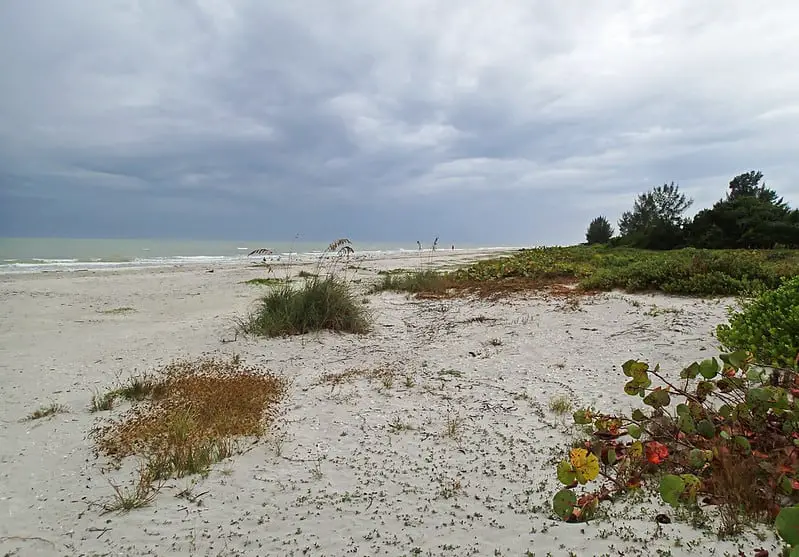
Blind Pass Beach is considered one of the best places for finding larger shells. There, you can wade knee-deep into the water to scoop them up.
This process can be a fascinating experience, and you might even come across a live shell. Blind Pass Beach is located on the northwest tip of Sanibel Island, near the bridge to Captiva Island.
Lighthouse Beach is another great location for shelling. This beach is surrounded by wetlands and is a perfect spot for shell hunting.
It also has a fishing pier and is home to a beautiful nature trail.
This beach is popular with fishermen and shellers, but you should know that parking is limited.
While shelling on Sanibel, be sure to take the proper equipment with you. You’ll need a bucket or net bag and a scoop.
Also, you’ll want to wear the appropriate footwear, as your feet may expose live animals. If you find a live sand dollar or mollusk, make sure you put it back in the water.
Uncover Sanibel’s, Largest Shell!
Where is the Biggest Shell on Sanibel Island?
It is possible that any one of the beaches could contain the “biggest” shell on the island. Bowman’s Beach and Lighthouse Beach are the best spots to collect shells on Sanibel Island.
Gulfside City Park Beach is also a popular spot.
Noting that shells on Sanibel Island have been protected, it is important to not only collect shells that are already washed up on beaches but also to leave any living shells in their natural habitat.
Explore Magnificent Marine Life at Bowman’s Beach
When you visit Sanibel Island, make sure to check out Bowman’s beach. It has great shelling and is accessible by bike path. This beach is a great place for families with small children and there are picnic tables and grills available.
It also has restroom facilities and a bike rack. There’s also a $5 parking fee and it can get very crowded.
Sanibel Island is located about 20 miles from the mainland. The nearest airport is the Southwest Florida International Airport, which is about 20 miles south of the island.
Other nearby airports are Tampa, Orlando, and Miami. The island has numerous inexpensive vacation rentals that allow you to enjoy the beach.
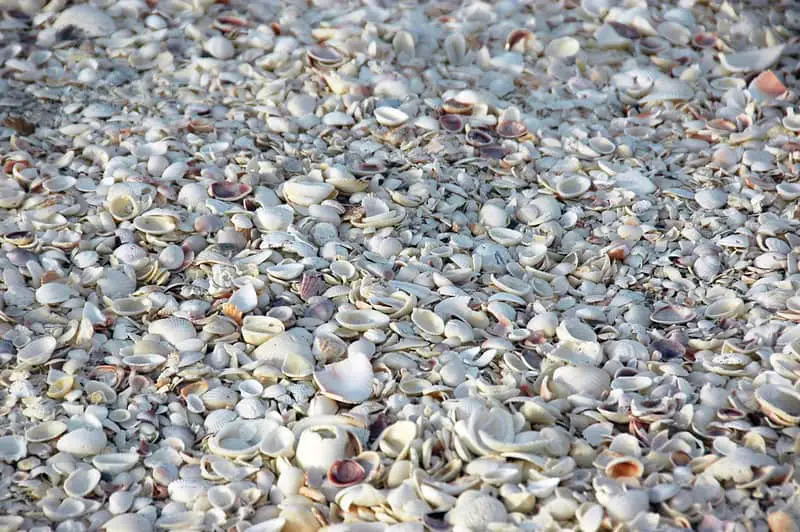
Bowman’s beach is located on the northwest side of Sanibel Island and offers beautiful beaches. Many people visit the beach to power walk or swim.
It’s also a good beach for shell collecting, though it isn’t ideal if you’re power walking. Power walking can also cause you to miss some shells, so you’ll need to pay attention to the smaller shells instead.
Bowman’s beach is considered the best shelling beach on Sanibel Island, and it has earned awards as one of the best shelling beaches in the world.
It is also a popular place for swimming, bird watching, and fishing. There’s a nature path that winds down to the beach.
There are many shelling beaches on Sanibel Island, but the main attraction is Bowman’s beach, where the largest shell on Sanibel Island can be found.
For this reason, it’s important to bring a bucket or mesh bag to collect the shells you find. A small rake is also helpful in sifting out the sand. If you’re not comfortable with raking, shuffle your feet in the water to move the half-hidden shells.
Discovering Unspoiled Beauty at Turner Beach
Sanibel Island is a great place to go shell hunting. It has a quiet, secluded feel that is perfect for shelling. The water is crystal clear and there is plenty of wildlife to see.
The island also offers several secluded beaches. There is a beautiful nature trail that winds through wetlands to make finding shells even more enjoyable.
While shell hunting, visitors should keep in mind that many shells contain live animals. If you find a live animal in a shell, you must carefully place it back into the water to protect it.
These creatures can include sand dollars, starfish, crabs, and sea urchins.
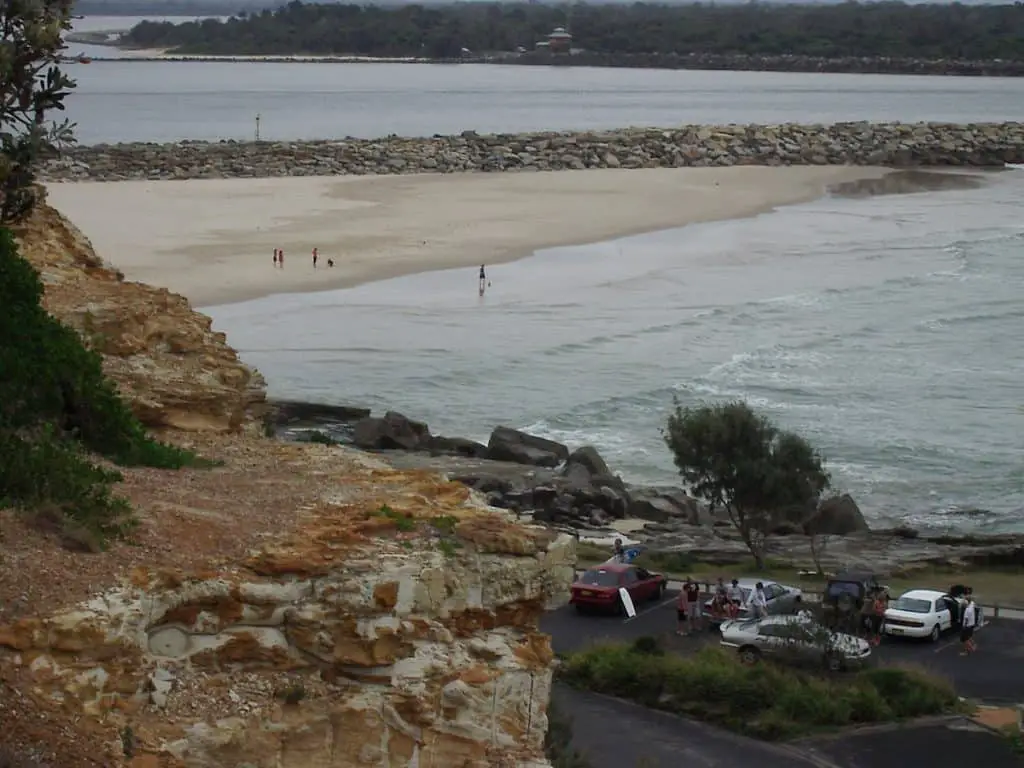
One of the most common shells found on Sanibel Island is the fighting conch. This shell is bright orange and can reach up to 16 inches in length.
The lightning whelk, which can grow to 16 inches long, is also common in Sanibel. It also lays eggs in papery egg cases.
Another great shelling spot is Turner Beach.
It has a rock jetty that stretches out into the ocean. The jetty is an added bonus because it helps protect the beach from corrosion.
It is also a great location for taking photos. The jetty is also easy to reach for shelling.
There are more than 400 different types of shells found on Sanibel Island. The most prized shells on Sanibel Island include the Scotch Bonnet Shell and Junonia Shell.
You can also visit the Bailey-Matthews National Shell Museum to learn more about the different types of shells.
Exploring Florida’s Hidden Escape: Lighthouse Beach
If you love shelling, Lighthouse Beach is the place to go. There is a kiosk at the beach with information on shells and kiteboarding.
It is not recommended to swim at Lighthouse Beach, as this beach is not suitable for swimming, as there are strong currents. but you can go kiteboarding and windsurfing here.
However, you must rent the necessary equipment off the island.
The closest rental place is in Ft. Myers. You can also rent equipment from other local businesses.
You can find parking for your vehicle in the parking lot near the beach, which is right near the lighthouse. There are also restrooms and outdoor showers, and a path that will take you down to the beach.
While you’re walking to the beach, you can admire the view of Sanibel Lighthouse.
Lighthouse Beach is located on the east end of the island. There is also a public restroom five minutes walk to the right of the lighthouse.
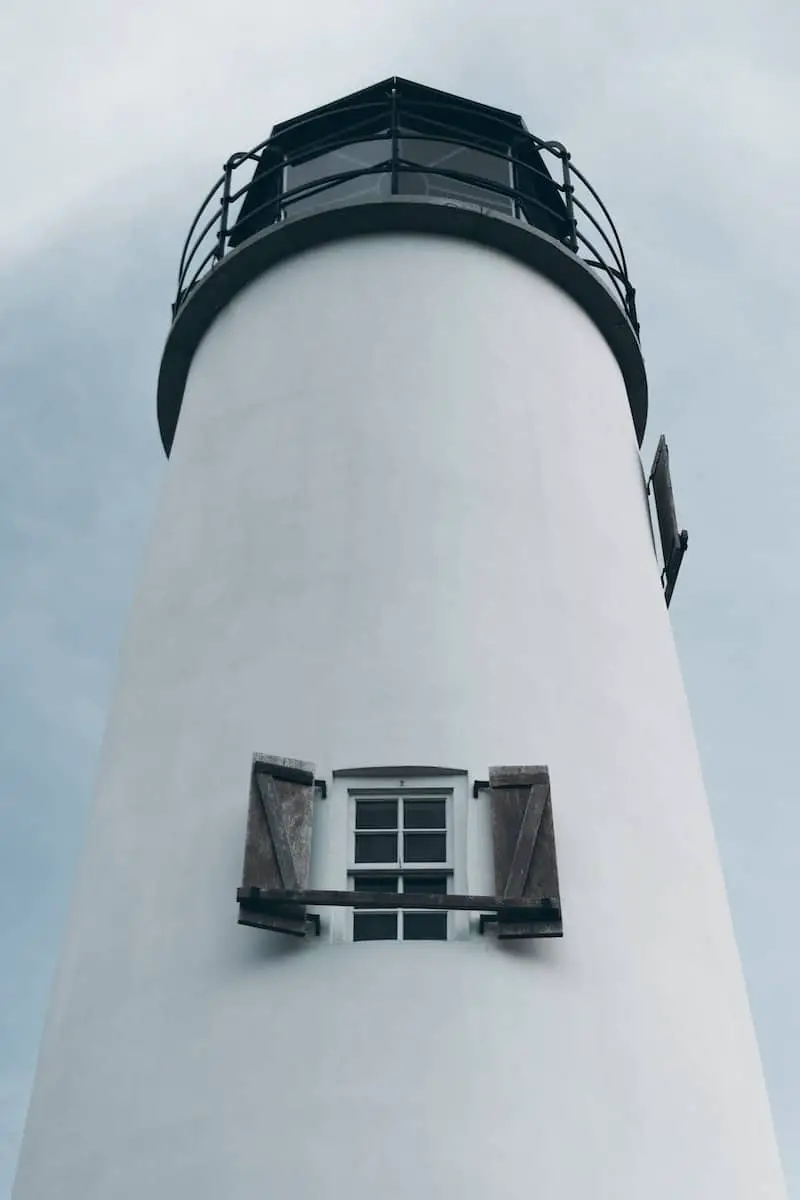
If you love shell hunting, Lighthouse Beach is a must. It’s also home to a beautiful fishing pier and a working lighthouse.
There’s also a great nature trail that winds through wetlands. While you’re there, make sure you spend some time walking along it. The scenery is guaranteed to be beautiful, even if you’re not a shell hunter.
Shell hunting is a fun activity that is wildly popular on Sanibel Island. Once you get the hang of it, shelling will become addictive.
Summer months are ideal for shelling because the tides are lower, making the beach more accessible. Low tide is also a good time to search the wash lines, which are great sources of shells.
While it’s not always possible to find shells during the peak of the tide, shelling in the early morning will give you a greater selection.
The best month to shell on Sanibel Island is the month of low tide. This is when shell enthusiasts gather around the Stoop on Sanibel and Captiva.
They hunch over and walk along the beach searching for shells. In addition, it’s best to shell during a full or new moon. This is because the gravitational pull of the moon is greatest during these two times.
The best time to shell on Sanibel Island depends on your personal preferences. In general, the peak season is between December and April, which is warmer than the rest of the U.S. and has a relatively low chance of rain.
However, you can shell on the beach in late fall, too, as the Gulf waters are still very chilly at this time. You should also avoid the summer months, as bad storms and hurricanes are common during this time.
Sanibel and Captiva islands are considered the best beaches for shelling, but if you’re a sheller, don’t overlook Turner Beach, which is located at the pass between the islands.
You’ll find some unique varieties of seashells and fish on this beach, which is why it’s also popular among fishermen.
Shelling on Sanibel Island is easier at low tides and you won’t have to worry about the tides. This island is home to over 250 varieties of shells.
Some of the most popular shells are alphabet cones, Lion’s paws, Junonia, and Scotch bonnets.
The best time to shell on Sanibel Island is during the month of October or November. The tides are low in these months, leaving shells exposed on the beach for visitors to discover.
If you plan on shelling on Sanibel Island during the spring, you should visit in the month of May.
During this time, temperatures are usually comfortable, although the island can get very busy during the 4th of July weekend. However, if you plan to shell during the fall, be prepared for a much cooler climate.
If you’re planning to shell on Sanibel Island, the best month is April. This month offers sunny days, and rainfall is minimal.
The average temperature remains in the low to mid-80s most days. As a bonus, prices are usually lower during this month. That means you’ll be able to enjoy more activities, sample local cuisine, and save money.
If you’re a beachcomber looking for the biggest shell on Sanibel Island, you’ve come to the right place!
Sanibel is a barrier island off the coast of Florida and it’s known for its natural beauty, abundant wildlife, and amazing shells.
From starfish to scallops, there are hundreds of different types of shells that can be found on the beaches throughout this stunning island.

